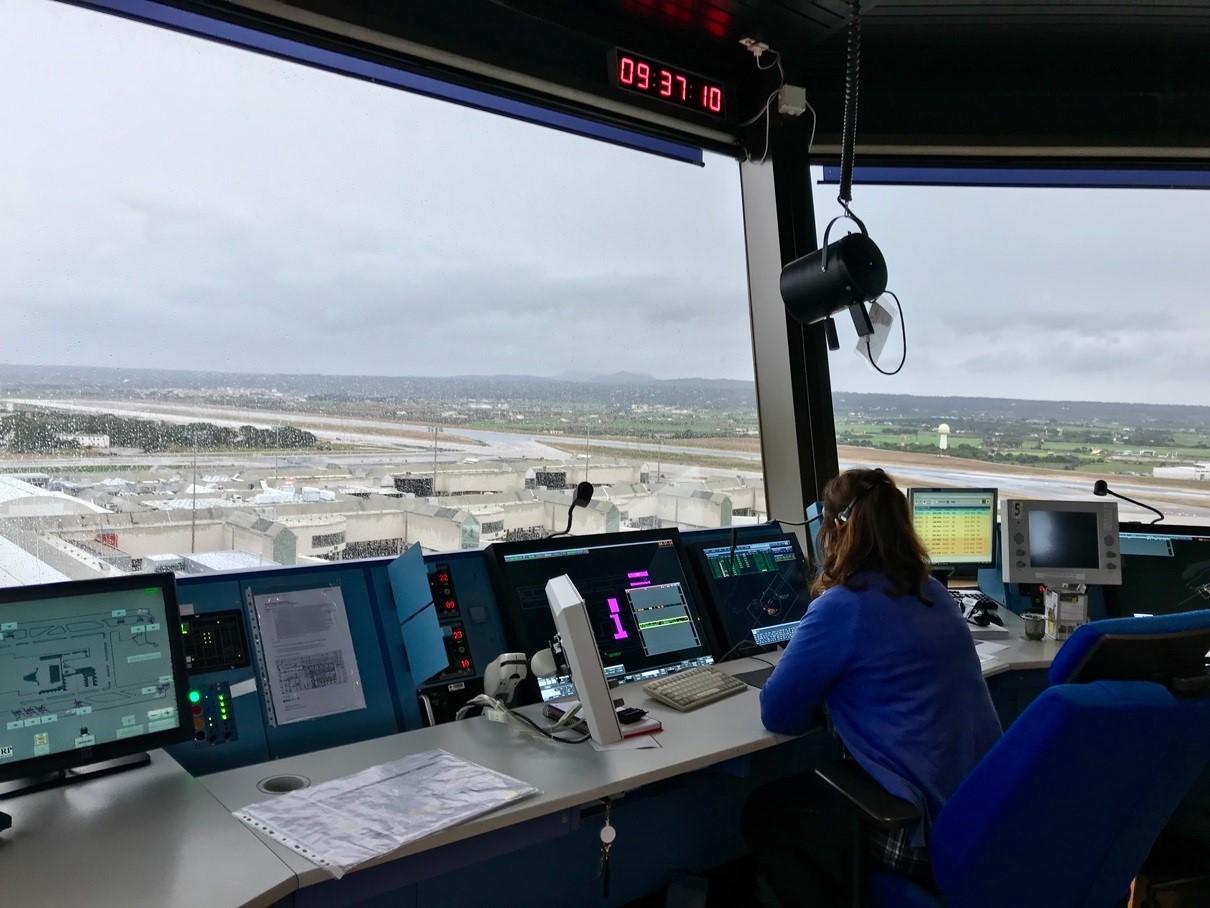The recovery of European air connectivity from the COVID-19 pandemic is uneven and still difficult, according to the Airport Industry Connectivity Report for 2022.
This reflects the combination of yet not fully lifted travel restrictions, the impact of the war in Ukraine and structural changes in the aviation market, said ACI Europe.
“The results are telling in terms of the true nature of recovery from a traveller perspective – it is a more complex measure than simple flights or passenger numbers,” the airports association ACI Europe said.
The different indexes used measured the extent of the air connectivity available from every European airport in terms of destinations and the direct and indirect flights available through hubs.
They also measure the connectivity enabled by hub airports.
Air Connectivity
More than two years into the COVID-19 pandemic – and despite an upsurge in passenger volumes this Summer – total air connectivity across the European airport network remains -29% below pre-pandemic (2019) levels.
This means as of June, air connectivity in Europe is back to where it was in 2009 – when the Great Recession hit.
However, this hides significant divergences between national markets – with Greece being the only country having now achieved a full recovery in its air connectivity, closely followed by Turkey (-3%).
Amongst larger EU+ markets, Spain (-23%) is best performing, followed by the UK (-28%), Italy (-32%) and France (-34%). Germany (-39%) comes last.
Ukraine has lost all of its air connectivity, and Russia’s (-62%) and Belarus’ (-78%) air connectivity are hit by international sanctions.
Direct connectivity
While direct connectivity is finally getting closer to pre-pandemic levels at -15%, indirect connectivity and hub connectivity still stand much behind at -36% and -34%, respectively.
This reflects the distinctive patterns of the recovery in air traffic – driven by leisure/VFR demand and fuelled by ultra- Low-Cost Carriers’ capacity expansion, and with travel restrictions remaining in place (to varying degrees) on many intercontinental markets.
In particular, while direct connectivity within Europe now stands at -16% compared to pre-pandemic (2019) levels, direct connectivity between Europe and Asia Pacific remains less than half (-52%) what it used to be.
Smaller airports
Small & regional airports (Group 4 category – less than 5 million passengers) have recovered connectivity faster, but their future gains are more uncertain.
The report shows that whilst 33% of them (had recovered their pre-pandemic direct connectivity levels, only one of the largest airports (Group 1 category – more than 25 million passengers) had done so – Palma de Mallorca, which serves primarily as an intra-European tourist market.
Amsterdam Schiphol
Amsterdam Schiphol (-10%) this year again holds the top spot in terms of direct connectivity, followed by
Istanbul (-5%) and London Heathrow (-13%) climbed back up from 7th position to 3rd compared to last year.
Lisbon (-4%), Athens (-6%) and Istanbul Sabiha Gokcen (-6%) have almost recovered their pre-pandemic direct connectivity, and London Gatwick (-8%) and Dublin (-7%) are also coming close, having rejoined the top 20 league after dropping off last year.
Top 20 global hub
In terms of hub connectivity, European Major hubs (-26%) showed significantly more resilience than both secondary hubs (-51%) and niche & small hubs (-35%) – thanks to the critical mass of their based network airlines and their diversified route network.
European airports are back on top of the league this year at the global level. Nine of the top 10 airports for hub connectivity are from Europe.
Frankfurt (-29%) has regained its pre-pandemic position as the top Global airport for hub connectivity.
Istanbul comes second, having increased its hub connectivity by +11% compared to pre-2019, followed by Amsterdam Schiphol (-33%), which also regains 3rd position it held before the pandemic.
Olivier Jankovec, Director General of ACI EUROPE, said, “Covid-19 accelerated the changes in the market landscape for airports, where competitive pressures are increasing across the board as we see footloose carriers, which today includes both the ultra-low-cost carriers and also the low-cost brands of network carriers, intensively bargain with airports.
“Europe’s air connectivity is an essential element of both its economic competitiveness and social cohesion.
“This points to the importance of ensuring that slot allocation rules reflect the connectivity needs of airport communities while ensuring fair and open market opportunities.”
Christiaan Behrens of SEO Amsterdam Economics, whose indexes are the basis for the report, said, “The Connectivity Index, built using SEO’s NetScan model, was designed for a world where traffic shocks were known to exist, but nothing the size and length of COVID-19 was imagined.
“The Index has served its purpose, even more, to help airports track how they serve their communities, and sense-check whether the airports’ strategies are enabling more connectivity for people.”










